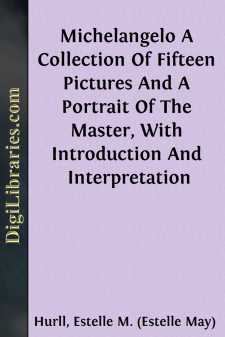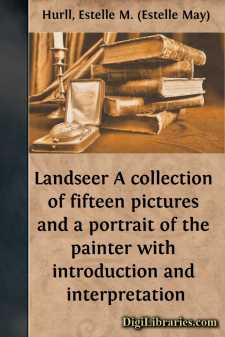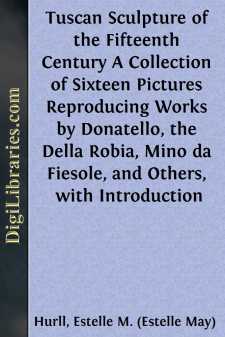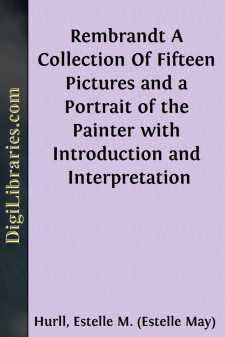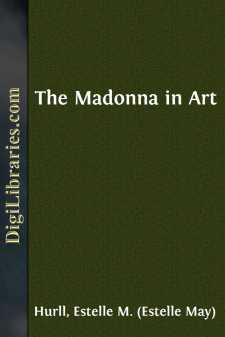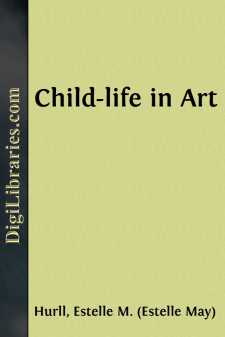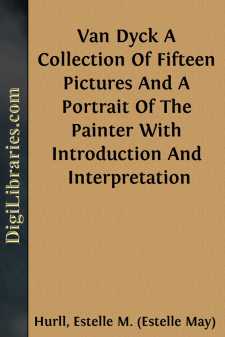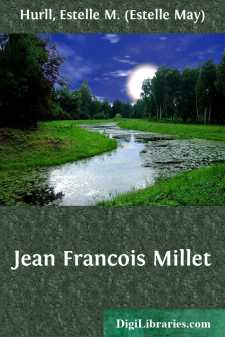Categories
- Antiques & Collectibles 13
- Architecture 36
- Art 48
- Bibles 22
- Biography & Autobiography 813
- Body, Mind & Spirit 142
- Business & Economics 28
- Children's Books 14
- Children's Fiction 11
- Computers 4
- Cooking 94
- Crafts & Hobbies 4
- Drama 346
- Education 46
- Family & Relationships 57
- Fiction 11828
- Games 19
- Gardening 17
- Health & Fitness 34
- History 1377
- House & Home 1
- Humor 147
- Juvenile Fiction 1873
- Juvenile Nonfiction 202
- Language Arts & Disciplines 88
- Law 16
- Literary Collections 686
- Literary Criticism 179
- Mathematics 13
- Medical 41
- Music 40
- Nature 179
- Non-Classifiable 1768
- Performing Arts 7
- Periodicals 1453
- Philosophy 64
- Photography 2
- Poetry 896
- Political Science 203
- Psychology 42
- Reference 154
- Religion 513
- Science 126
- Self-Help 84
- Social Science 81
- Sports & Recreation 34
- Study Aids 3
- Technology & Engineering 59
- Transportation 23
- Travel 463
- True Crime 29
Michelangelo A Collection Of Fifteen Pictures And A Portrait Of The Master, With Introduction And Interpretation
Categories:
Description:
Excerpt
I. ON MICHELANGELO'S CHARACTER AS AN ARTIST.
Michelangelo's place in the world of art is altogether unique. His supremacy is acknowledged by all, but is understood by a few only. In the presence of his works none can stand unimpressed, yet few dare to claim any intimate knowledge of his art. The quality so vividly described in the Italian word terribilità is his predominant trait. He is one to awe rather than to attract, to overwhelm rather than to delight. The spectator must needs exclaim with humility, "Such knowledge is too wonderful for me; it is high, I cannot attain unto it." Yet while Michelangelo can never be a popular artist in the ordinary sense of the word, the powerful influence which he exercises seems constantly increasing. Year by year there are more who, drawn by the strange fascination of his genius, seek to read the meaning of his art.
His subjects are all profoundly serious in intention. Life was no holiday to this strenuous spirit; it was a stern conflict with the powers of darkness in which such heroes as David and Moses were needed. Like the old Hebrew prophets, the artist poured out his soul in a vehement protest against evil, and a stirring call to righteousness.
Considered both as a sculptor and a painter, Michelangelo's one vehicle of expression was the human body. His works are "form-poems," through which he uttered his message to mankind. As he writes in one of his own sonnets,
"Nor hath God deigned to show himself elsewhereMore clearly than in human forms sublime."
In his art, says the critic Symonds, "a well-shaped hand, or throat, or head, a neck superbly poised on an athletic chest, the sway of the trunk above the hips, the starting of the muscles on the flank, the tendons of the ankle, the outline of the shoulder when the arm is raised, the backward bending of the loins, the curves of a woman's breast, the contours of a body careless in repose or strained for action, were all words pregnant with profoundest meaning, whereby fit utterance might be given to thoughts that raise man near to God."
Learning his first lessons in art of the Greeks, he soon possessed himself of the great principles of classic sculpture. Then he boldly struck out his own path; his was a spirit to lead, not to follow. With the subtle Greek sense of line and form, he united an entirely new motif. In contrast to the ideal of repose which was the leading canon of the Greeks, his chosen ideal was one of action. Moreover, he invariably fixed upon some decisive moment in the action he had to represent, a moment which suggests both the one preceding and the one following, and which gives us the whole story in epitome. Thus in the David we see preparation, aim, and action. It was a far cry from the elegant calm of the Greek god to the restless energy of this rugged youth.
Even with seated figures he followed the same principle. Moses and the Duke Giuliano are ready to rise to their feet if need be. In his frescoes we again find the same motif,—Adam rising to his feet in obedience to the Creator's summons, and Christ the Judge sweeping asunder the multitudes....


